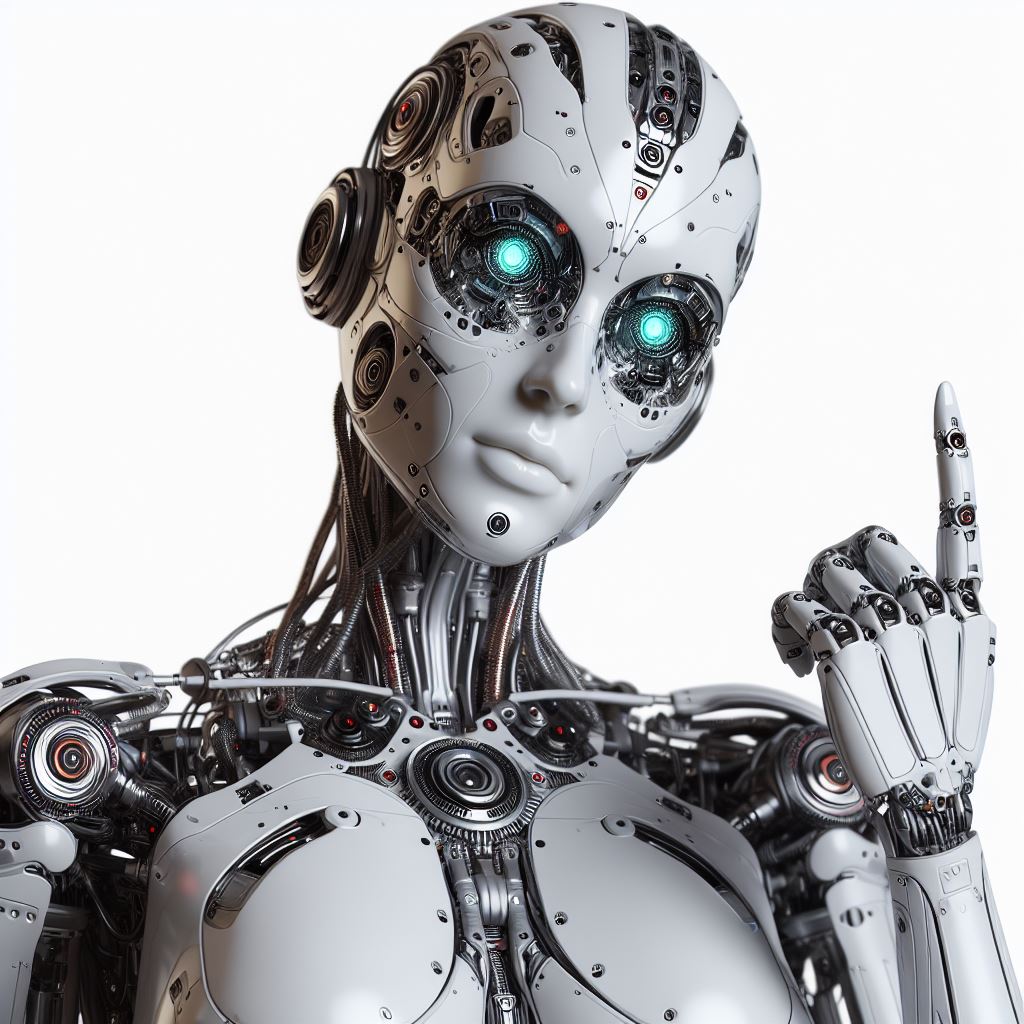Machine learning (ML) models have transformed various industries by enabling machines to make decisions based on data rather than relying on predefined rules. These models are the core of many applications we use daily, from recommending products to analyzing medical images. In this article, we will dive into the different types of machine learning models, their applications, and how they work.
What Are Machine Learning Models?
Machine learning models are algorithms that learn from data to make predictions or decisions. The key idea behind ML is that the model improves as it processes more data, making it more accurate over time. These models can be classified into three primary categories: supervised learning, unsupervised learning, and reinforcement learning.
Supervised Learning Models
Supervised learning is the most commonly used type of machine learning. In this approach, the model is trained on labeled data, meaning the input data is paired with the correct output. The goal is to teach the model to predict the output for new, unseen data based on the patterns it learned during training. Popular supervised learning algorithms include linear regression, decision trees, and support vector machines (SVM).
Unsupervised Learning Models
Unsupervised learning differs from supervised learning in that it deals with unlabeled data. The model tries to find hidden patterns or structures within the data without any explicit guidance. Common applications of unsupervised learning include clustering and anomaly detection. K-means clustering and hierarchical clustering are two widely used algorithms in this category.
Reinforcement Learning Models
Reinforcement learning (RL) is a type of machine learning where an agent learns to make decisions by interacting with its environment. The agent receives feedback in the form of rewards or penalties and uses this information to optimize its future actions. RL has seen significant success in fields like gaming, robotics, and autonomous vehicles. Popular RL algorithms include Q-learning and deep Q-networks (DQN).
How Do Machine Learning Models Work?
Machine learning models typically follow a series of steps during training and prediction:
Data Collection
The first step in building an ML model is to gather data. The quality and quantity of data play a crucial role in the model’s performance. More diverse and accurate data lead to better results.
Data Preprocessing
Once the data is collected, it often requires cleaning and transformation. Preprocessing steps like normalization, handling missing values, and feature extraction ensure the data is in the right format for training.
Model Training
In this phase, the algorithm learns from the preprocessed data. The model adjusts its parameters to minimize errors and improve accuracy using optimization techniques like gradient descent.
Evaluation
After training, the model is tested on unseen data to evaluate its performance. Various metrics such as accuracy, precision, recall, and F1-score help assess how well the model generalizes to new data.
Deployment
Once the model performs satisfactorily, it can be deployed to make real-time predictions or decisions in a live environment.
Applications of Machine Learning Models
Machine learning models are used across many industries to automate processes, make predictions, and uncover insights. Some common applications include:
Healthcare: ML models are used for diagnosing diseases, predicting patient outcomes, and analyzing medical images.
Finance: Banks and financial institutions use ML for fraud detection, algorithmic trading, and credit scoring.
Retail: ML helps businesses optimize pricing, forecast demand, and personalize customer recommendations.
Transportation: Self-driving cars use reinforcement learning to make real-time decisions based on sensor data.
Conclusion
Machine learning models have revolutionized the way we approach problem-solving. By learning from data, these models are able to make predictions, detect patterns, and automate tasks that were once done manually. Understanding the different types of ML models and how they work is crucial for anyone looking to harness the power of AI in their industry.
5
